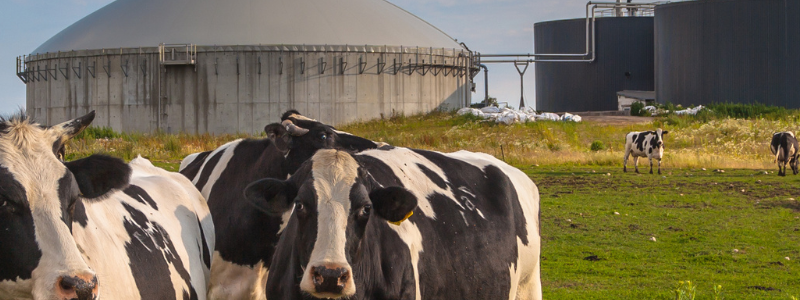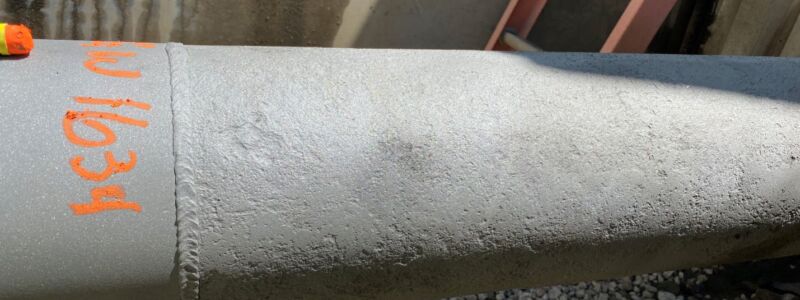What Quantitative Risk Management Means for Pipeline Integrity Management
- Regulatory bodies are recommending that operators transition from qualitative risk assessment models to quantitative risk assessment models.
- The main difference between qualitative and quantitative risk assessment is that qualitative assessments are subjective – influenced by SMEs’ experiences and perspectives, whereas the risk levels modeled by quantitative assessments have physical and logical relationships with inputs and are less influenced by SMEs.
- Making the shift from qualitative to quantitative models will require better data for inputs to truly improve outputs.
- There are critical questions that need to be answered for the transition to be successful.
To improve the safety of the public, the environment, and pipeline assets, PHMSA has strongly encouraged pipeline operators to move away from qualitative risk assessment and into quantitative risk assessment. PHMSA’s direction follows recommendations from the NTSB to improve the industry’s understanding and response to interactive threats, risk modeling, and improving risk assessment methods. This move requires a set of improvements in the areas of data collection, threat identification, likelihood prediction, consequence quantification, and understanding of cost-effective mitigative measures capable of protecting public safety.
What Qualitative Risk Assessment Methods Look Like Today
The qualitative risk assessment models used by operators today generally have a considerable number of inputs that represent characteristics and features of the pipeline. In the most subjective form, the inputs can be both qualitative human scoring and quantitative data, but the model translates any quantitative inputs into a qualitative range (e.g., high, medium, low), and the outputs and actionable insights are, likewise, qualitative – without concrete quantities. Most qualitative risk assessment models are relatively simple. Probabilities of various causes and consequences are assigned based on subject matter experts’ judgements or standard industry data. Decision-making for identifying the line between tolerable and intolerable threats is also subjective and based on SMEs’ decisions guided by a set of criteria, typically using a risk matrix rather than numerical scores. Risk categories and descriptions for likelihoods or frequencies and consequences varies from organization to organization.
A middle ground, which is commonly used in the industry, is the relative assessment/index model. It also has a mix of qualitative and quantitative inputs. This method is not considered a quantitative model because the inputs and outputs do not have physical and logical relationships, and the outputs do not have numerical quantities. The result of this model is an index scoring system that indicates the priority for risk reduction measures for each asset relative to all the other assets in the system. These models can be starting points for the development of quantitative assessments, which take the next step of expressing failure probabilities and consequences in standard units.
Implementing Quantitative Risk Assessment
The quantitative risk assessments process is complex. Quantitative models include numerous algorithms or calculations that are based on the physical and logical relationships that translate characteristics of a pipeline and its context into estimates of failure likelihood and consequences. Quantitative models dynamically segment a pipeline into relatively short lengths that share all attributes, then calculate the risk level of a failure on each dynamic segment along the pipeline’s entire length, and ultimately result in a risk profile along the pipeline expressed in numerical units. For example, probability might be expressed by failures per mile per year, and consequence as dollars per failure, with the two combined to provide a risk unit of dollars per mile per year.
The basic level of quantitative model is comprised of unit-based algorithms that accept discrete inputs and yield powerful decision-making insights. The next level incorporates probability distributions in inputs and outputs. These models use inputs expressed in units such as probability, frequency, and expected loss, including risk factors, threats, and potential consequences. One benefit of this type of model is that it can tell you what additional data would be most effective for reducing uncertainty about risk.
The transition between qualitative and quantitative risk assessments hinges on improving inputs to produce actionable outputs. When discussing the path forward for shifting to a quantitative approach for integrity management programs, PHMSA said:
“Model inputs need to represent the most accurate available information on each pipeline location.”
As pipeline operators know, this is easier said than done. Input improvements mean data validation, and that requires a comprehensive understanding of the data collection and management methods.
Case in Point: The Importance of Inputs & Outputs
In one case that involved HT Engineering, an operator in the Midwest saw the value of reviewing inputs to yield better outputs. The operator received data from an ILI vendor identifying approximately 1,400 features that were designated as required repairs. This data required additional analysis to ensure that the operator’s efforts would truly reduce risk.
Over the years, ILI tools have become significantly more advanced, but basic integrity management processes, like those that resulted in the designation of all 1,400 features as required repairs in the ILI report, remain very conservative. To help the operator overcome this problem, HT Engineering reconfirmed the line’s maximum operating pressure and updated the operator’s methodology for fitness-for-service (FFS) analysis. Among the updates was upgrading from indirect material toughness inputs using Charpy V-notch values to direct fracture toughness inputs, which can provide much more realistic results.
In the end, the repair plan was reduced from 1,400 mostly benign features to a manageable number of active and imminent threats. The operator moved forward with a better understanding of the features identified by the ILI tool and now possesses material testing data and analysis for further insights regarding future inspections. The operator was also able to integrate the field and lab testing into other parts of its integrity management program.
This case is just a snapshot of one part of integrity management, but it is indicative of the shift towards quantitative risk assessments that will require much larger and more challenging upgrades to data acquisition and management methods.
Continuous Improvement
Other challenges also face our industry in the move toward quantitative risk assessment, including the questions of how to account for the consequences of failure (the dollars per failure metric is not popular with everyone), how to reduce conservatism when modeling physical phenomena like cracking, how to more reliably predict the initiation of threats like stress corrosion cracking, how to integrate probabilistic inputs into models, and what level of investment will be required to obtain the validated inputs needed for quantitative models. Even when the transition is complete and quantitative risk assessment models are commonplace, they will be expected – and even required – to improve over time. There is no end in sight for the consistent and continuous need for learning and discovery to improve risk models for better protection of public and environmental safety and operators’ assets.
To learn more about HT Engineering’s experience in integrating quantitative methods in integrity management programs, check out our recent case study.











